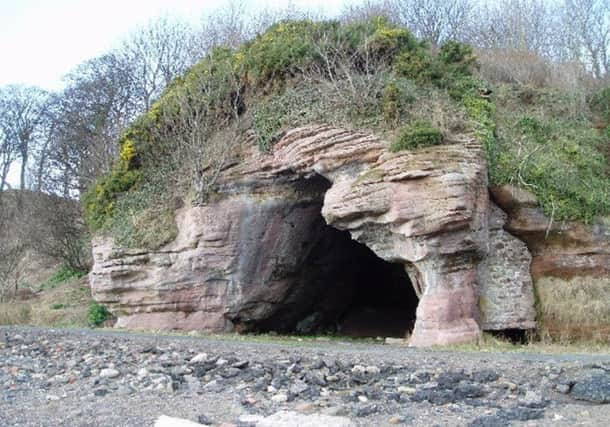Wemyss Caves 4D project close to completion


Wemyss Caves, on the south coast of Fife, have had their walls painted by humans since the fifth century.
For years, money has been spent trying to prevent the coastal erosion of the unique cave walls where drawings include the largest collection of Pictish drawings in North West Europe and have created a vast record of Scottish history over the past 1500 years.
Advertisement
Hide AdBut councillors in Fife have approved funds of just under £13,000 which will go towards the final stages expanding the caves 4D project - with state of the art laser capture technology being used, as well as drones to capture a detailed plan of the seascape around the caves.
In total, the project will cost around £45,000, with £20,000 of funding from SCAPE, £1500 from SWACS and £11,000 from Historic Scotland.
Work to expand the 4D project piloted in November 2013.
Site work is now complete and over the next few months, the data will be processed so that eventually visitors to the Wemyss Caves 4D website can explore each cave and the whole surrounding coastline.
It is believed that this work might also find markings which have never been seen before.
Councillor John O’Brien welcomed the report, commenting: “I fully support this, it is a great historical feature for this area and a great tourist attraction.
“I would love to see more people down there, so anything that will bring more people along I support.”
Advertisement
Hide AdCllr Andrew Rodger added: “Being a councillor in that area I’ve seen many projects brought forward which have disappeared.
“Any other country would have marketed these to tourists so differently, and that’s one thing that has disappointed me - that the caves haven’t had the recognition they deserve.
“Hopefully this is another stepping stone.”
Advertisement
Hide AdThe Wemyss Caves have been used by many people over thousands of years including cave dwellers, early Christians and smugglers.
The series of seven natural eaves were first described by Professor James Young Simpson who explored the caves in 1865 and many of them are still visible today.
The drawings in the Wemyss caves depict Pictish symbols, early Christian imagery and Viking representations.
They tell the story of the coast and the communities that lived and traded in the area as well as those who smuggled there.
The drawings provide important information about Pictish imagery and reveal how life as well as death were represented at that time in history.
Unfortunately, three of the caves were lost due to mining at the Michael Colliery and the West Doo cave was lost due to a battery of gunfire above the cave in the First World War.
Advertisement
Hide AdThe last drawing was lost in 1986 when a car was driven into the Jonathan’s cave and set on fire.
The Save the Wemyss Ancient Caves Society (SWACS) was formed shortly after this incident to save as many of the remaining caves as possible.
Advertisement
Hide AdIn relation to the recent project, Cllr Tom Adams added: “ £12,000 is probably a lot less cost than the £2-3 million for sea defences, so at least this will help to capture something if the caves are taken from us.”
FOLLOW US
SCOTSMAN TABLET AND MOBILE APPS